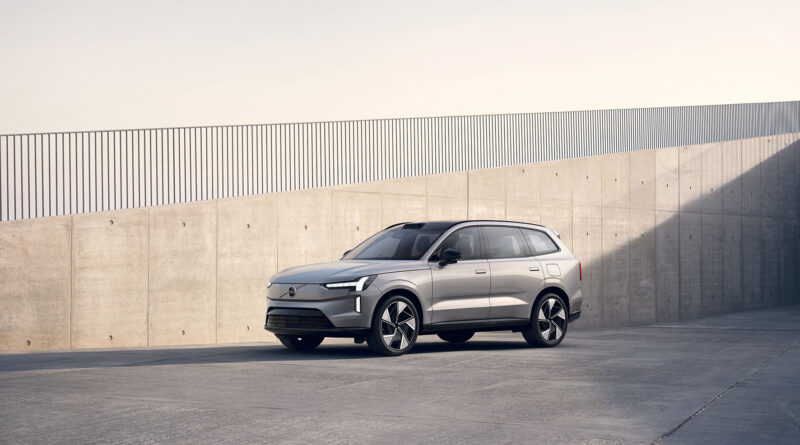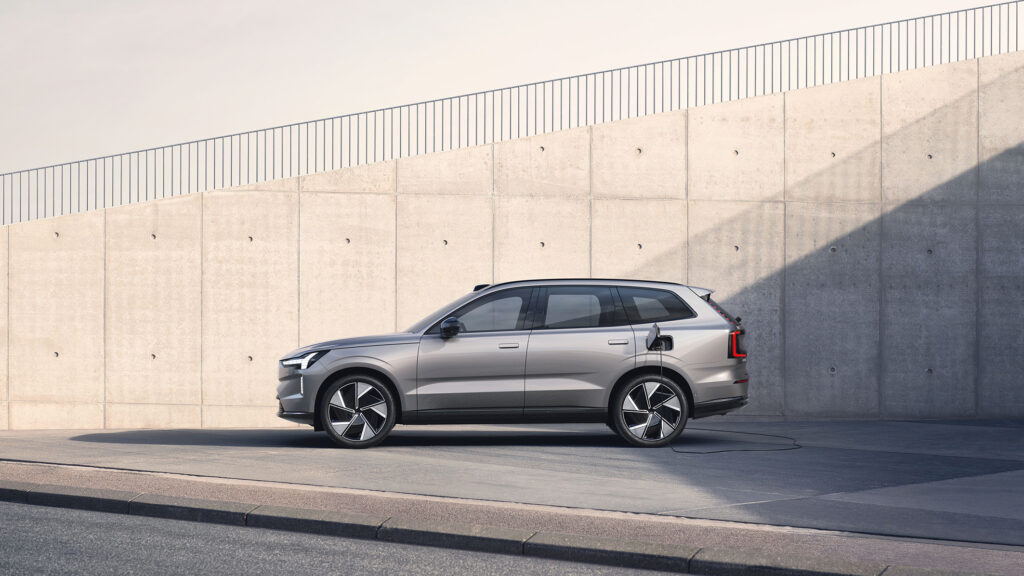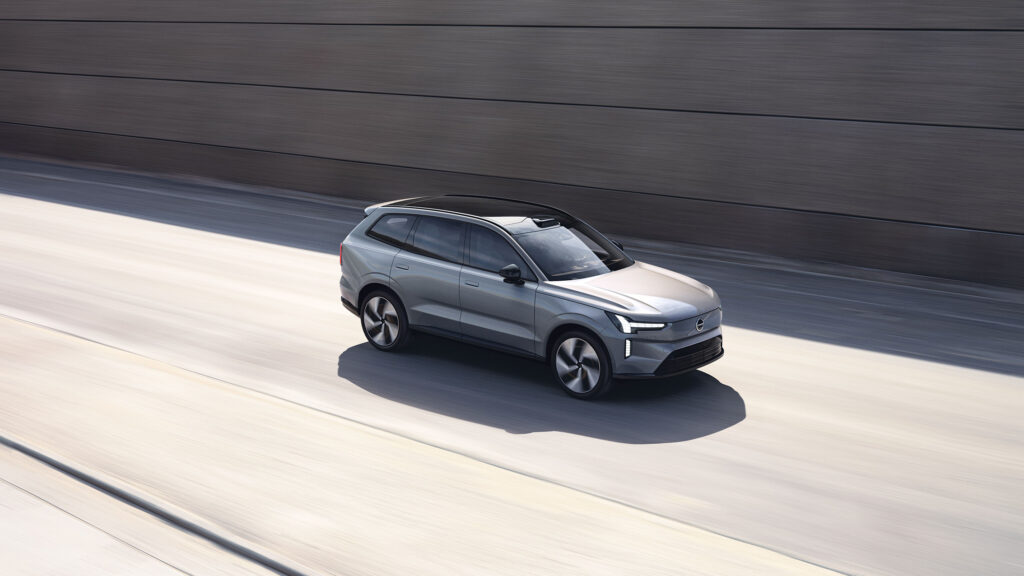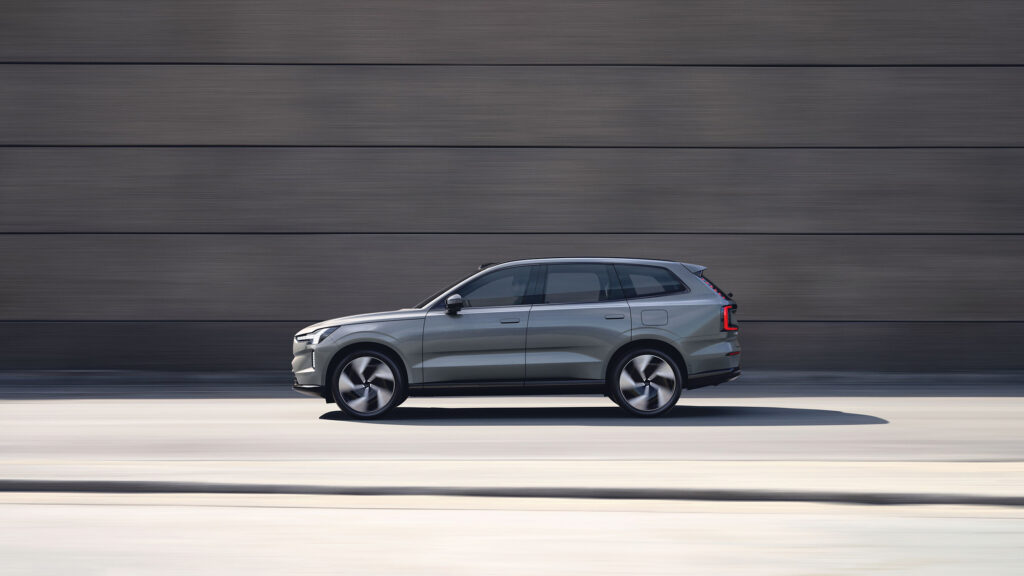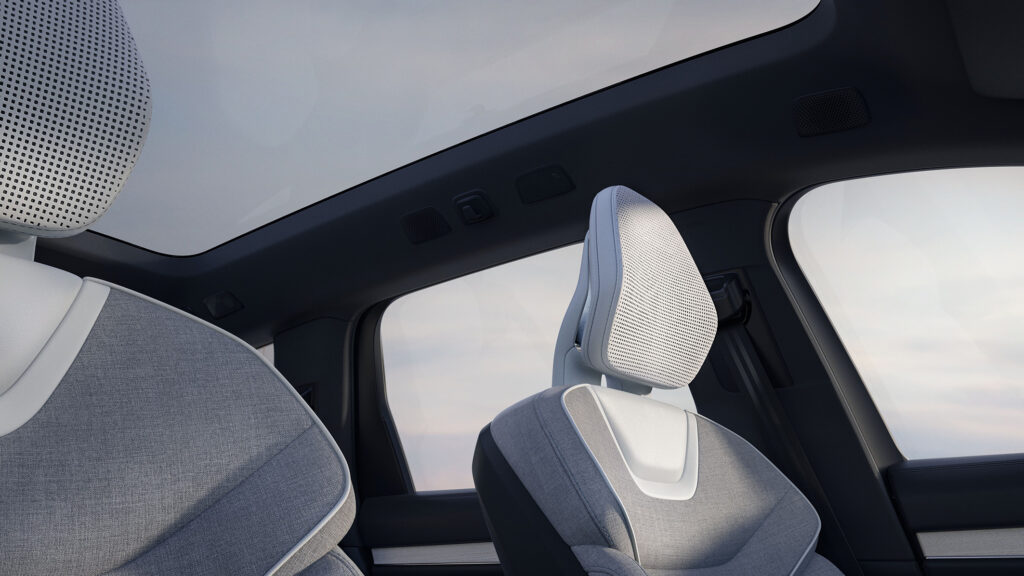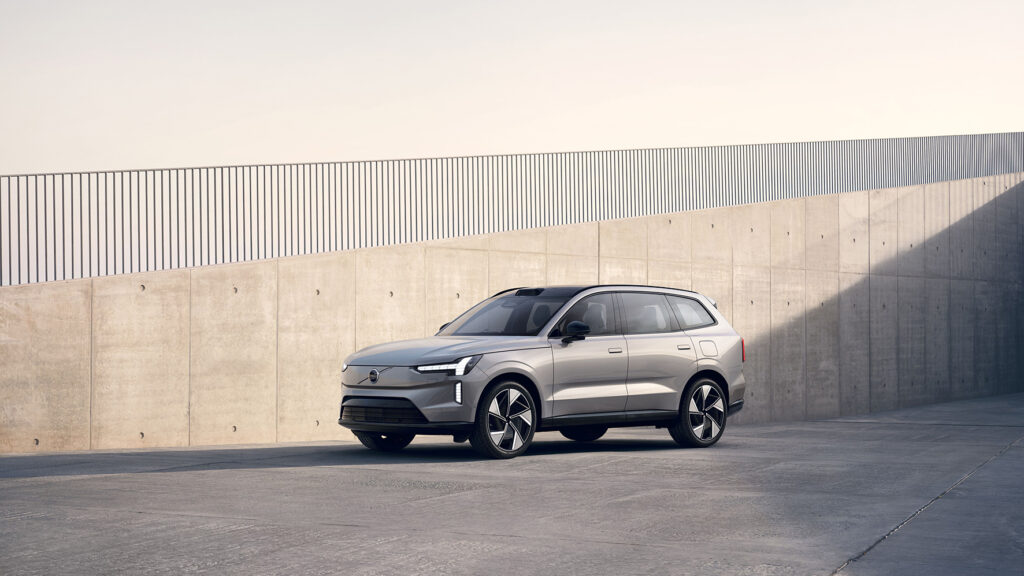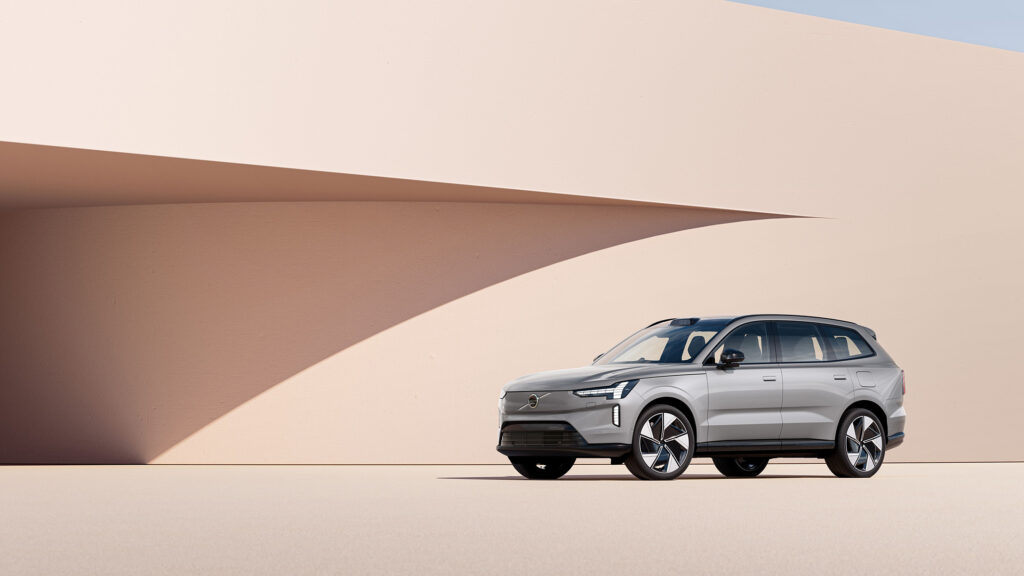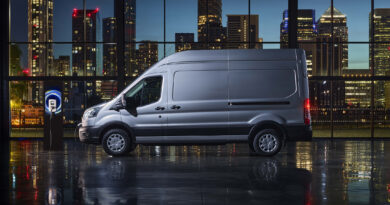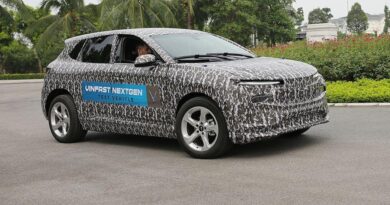Volvo reveals EX90 EV, here in 2024
Volvo has unveiled its EX90 large SUV, a pure electric replacement for the seven-seat XC90.
In range-topping Twin Motor Performance guise it boasts dual electric motors with 380kW/910Nm and up to 600km range from its 111kWh (107kW useable) battery.
Capable of 250kW charging in ideal conditions, Volvo says the battery can charge from 10 to 80 per cent capacity in under 30 minutes.
The EX90 is set for production in Volvo’s American factory next year, with later production commencing at its Chinese plant. It’s likely Australia will receive its EX90s from the latter, probably late in 2024.
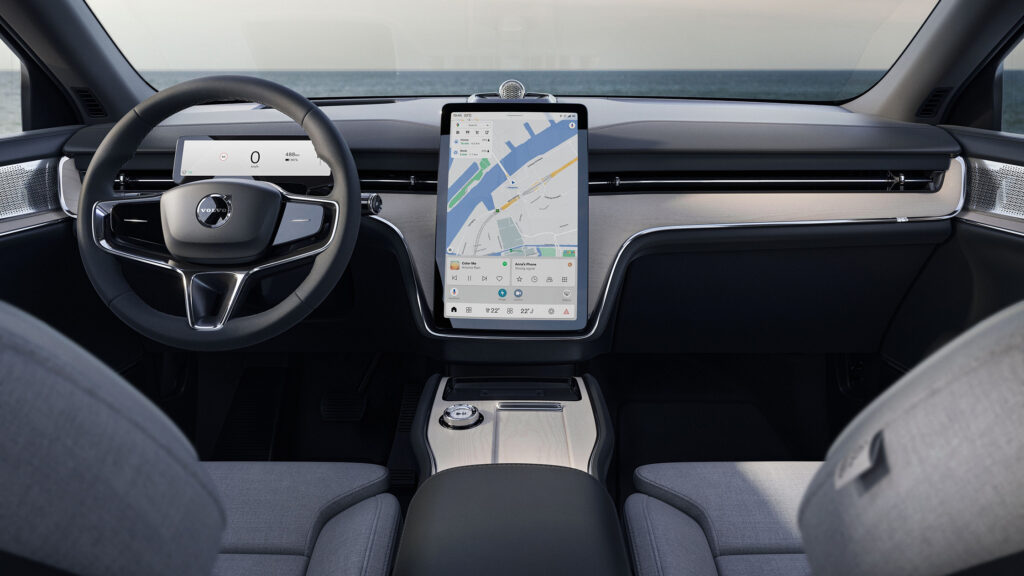
The SUV’s reveal follows Volvo Car Australia’s announcement last week saying the brand will sell only fully electric cars here from 2026. This move is four years earlier than the brand’s 2030 global target.
How much will Australians pay for an EX90?
They’re not going to be cheap. Indicative UK pricing has been revealed, and numbers are grand.
Launch EX90s will be the fruit-filled versions: a Twin Motor model costs £96,255 ($170,000) and a Twin Motor Performance is £100,555 ($178,000).
Such prices comfortably eclipse the $121,990 Volvo Australia currently asks for the XC90 Recharge Ultimate PHEV. The brand’s two full EVs already on sale here are the XC40 Recharge from $72,990 and C40 Recharge from $74,990.
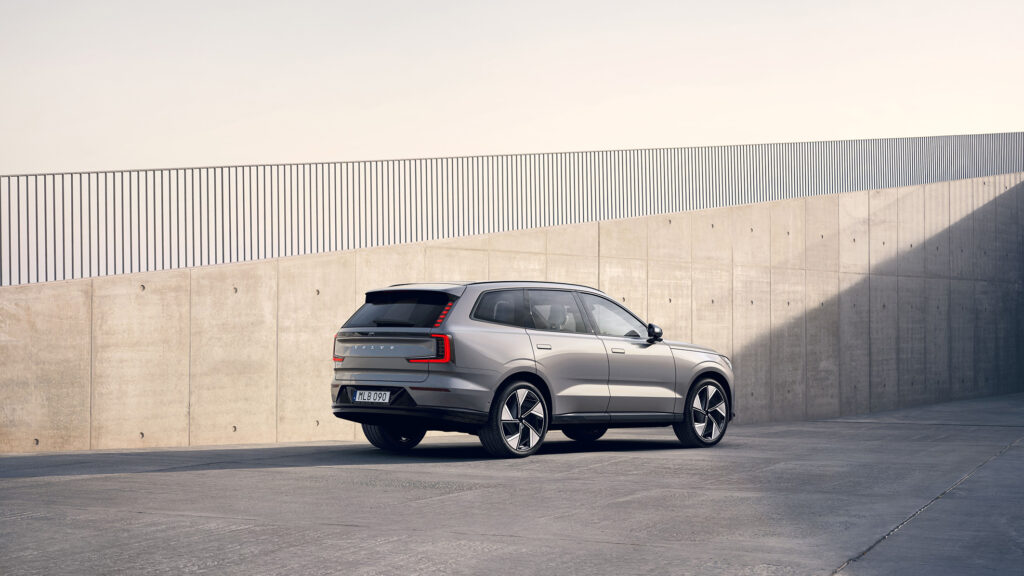
Will the EX90 sticker price be a charge too far? Porsche asks between $158,000 – $351,000 for its Taycan EV, and queues for it are out the door and around the corner. But Porsche has an obsessive buyer type and its combustion cars are priced similarly or greater… there’s nothing in Volvo’s current inventory getting close to $170,000.
What are the XE90’s vitals?
The Performance version’s 380kW/910Nm brings a 0-100km/h time of just 4.9 seconds, despite the EX90 weighing a lardy 2818kg. It’s the same drivetrain and all-electric SPA2 platform shared with the recently-revealed Polestar 3 Performance. Its price, incidentally, is expected to be from $135,000.
The Twin Motor EX90 version is no poor cousin. Also all-wheel-drive, it offers an ample 296kW/770Nm for a 5.9 second 0-100km/h time. Once the early adopters have signed up for their EX90s, we can expect more affordable single motor 2WD versions to follow.
Seven seat electric SUVs are scarce beasts, with the recently-launched Mercedes EQB currently the only player in the segment while the Tesla Model X is missing in action. The EX90’s three rows of seats will be a desirable point of difference next to rival large luxury EVs: the Audi e-tron, BMW iX and Jaguar i-Pace.
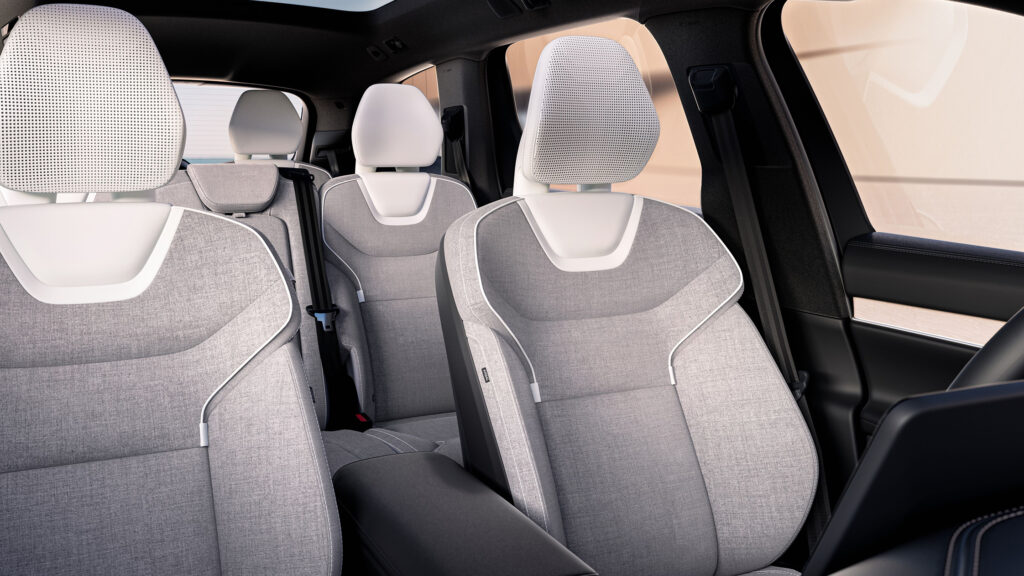
The EX90’s size should offer decent space for seven occupants. At just over five metres it trumps the XC90 for length, and is a smidge wider too. It brings 310L of boot space with all chairs up; 665L with five seats and 1915L with the two rear rows folded.
What do buyers get for their money?
Plenty. Design-wise there are Thor’s hammer pixel LED headlights and 22-inch wheels ride on air suspension as standard. Expect Nordico recycled fabric upholstery, a panoramic glass roof, soft close doors and four-zone climate control.
The hardware’s in place to enable bi-directional charging, meaning the vehicle’s battery can be used as an extra energy supply to power your home or electrical devices… or even charge your other electric Volvo.
There’s no guarantees it’ll be available from launch. Volvo says it plans to “make bi-directional charging available in the future, starting with selected markets.”
Along with 5G connection where available, Volvo’s aligned with Epic Games to ensure lightning-fast computing power and high quality graphics for the 14.5-inch centre screen and head-up display. There’s built-in Google and wireless Apple CarPlay and Android Auto, while the dashboard and centre console are minimalism personified.
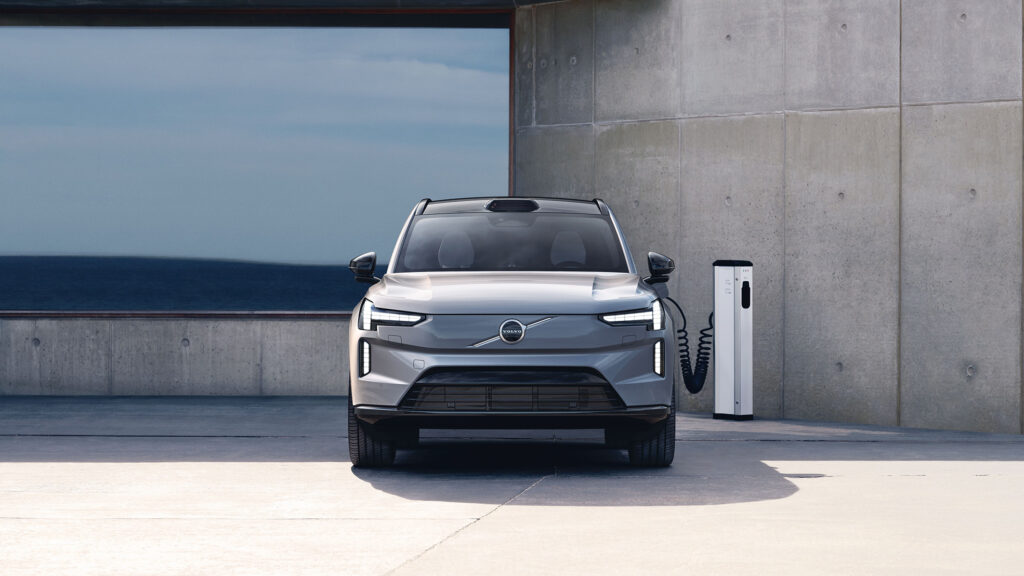
The range-topping launch cars spoil occupants with a Bowers & Wilkins audio system featuring 25-speaker Dolby Atmos and headrest-integrated speakers. Phone key tech means your smartphone serves as your car key, automatically unlocking the car and applying personal driving profiles.
Next level safety included
Boasting a safety standard “higher than any Volvo car before it” is no small task for the Swedish safety pioneer.
Volvo says the EX90 has an “invisible shield of safety” using cameras, radars and a roof mounted lidar which connect to the car’s NVIDA DRIVE core computers. The result creates “a real-time, 360-degree view of the world.”
The lidar is able to spot small objects hundreds of metres in the distance in both day and night conditions. It in turn can inform, act and avoid hazards.
Cabin safety’s covered by sensors and cameras to gauge eye concentration, looking out for the driver being distracted, drowsy or inattentive. Warnings are gentle at first, but this Swede will get shouty at you if it doesn’t think you’re taking heed. If you fall asleep (or worse), Volvo says the EX90 will safely come to a stop and call for help.
The big SUV is enabled for over-the-air software updates and is hardware-ready for unsupervised driving, meaning the potential for autonomous driving in future.
The EX90 is Volvo’s 2022 full EV reveal, with the brand saying at its Stockholm launch than it would introduce one new fully electric car each year.

